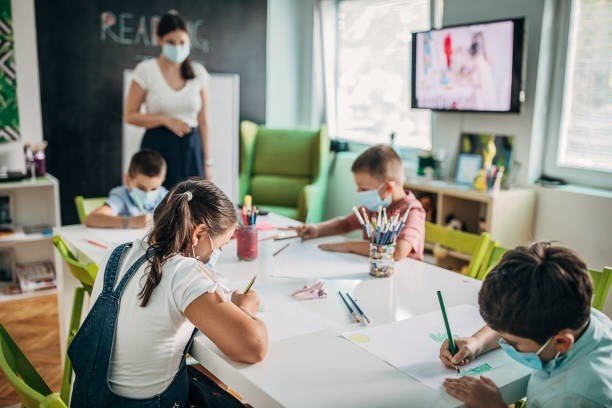Everyone’s brain has the property of changing when we have to deal with new challenges, and this statement is especially true when it comes to toddlers. That is the reason why you notice that your children can master new tasks after practicing for a short period, and they go from uncoordinated motion to skilled operation in a matter of months. Plus, puzzles are an effective way to provide entertaining learning activities for your little ones. It is okay to look for the best childcare app or book in order to encourage your child through the different development stages while they grow up, but regardless of the main resource you choose, one thing that you can definitely incorporate as an improvement tool is puzzles. So, if you want some great guidelines to teach your child how to use puzzles, keep reading the tips we have for you.
Bear with them
Is your child usually running from one side to another after a few seconds, changing frequently from one activity to another one, and exploring around different toys through their room in a short span of time? This is a behavior commonly seen in toddlers, actually experts agree that you can only expect your children to focus on one game for around 2-5min times their age. In other terms, a 2 year old kid can only concentrate on one task for about 4-10minutes, whereas a 4 year old one could endure from 8 up to 20min. So, while you will be demanded to have a great amount of patience handling your toddler to keep focused on the puzzle, you can rest assured that this is normal, plus it is a great aid at building concentration skills in your little one.
Start with the basics
A good tip if you are mothering a one year old toddler or if your kid is starting to learn, the most suitable idea is to stick to a simple toy such as the so-called knobbed puzzles. These are hands down the easiest type of puzzle you can find in the market for your children, the pieces will commonly be disconnected from each other, coming in a colourful wood board. Each of the component pieces in the puzzle comes with a bulky knob, allowing your child to grab and move them in an easy way. This simple tool will be extremely helpful for the development of fine motor skills.
Complete the picture
After your kid gets the idea of inserting pieces together, the following skill is completing the illustration, which can be introduced ideally with the aid of a two-piece puzzle. You can find them at a toy’s store, on the internet, or you can even make them yourself. All you have to do is to simply cut images from books or magazines and divide them in two parts. Then ask your little ones to put the pieces together in order to complete the pictures. Once this concept is understood, it is time to move to 4 piece puzzles, it will be easier because your children will by then understand how puzzles work.

